الدكتور سيد علي ابن علي
كلية الامام الشافعي – جامعة جزر القمر
الملخص
تقدم هذه الدراسة النظري تحليلاً شاملاً لفلسفة ومنهجية “التعليم المتمايز” (Differentiated Instruction) كنموذج تربوي أساسي لمواجهة التنوع المتزايد في قدرات التلاميذ واهتماماتهم وخلفياتهم، وتستعرض الدراسة الأسس النظرية التي يرتكز عليها التعليم المتمايز، مستمدًا من نظريات التعليم الكبرى مثل ( البنائية، ومنطقة النمو القريبة، والذكاءات المتعددة)، موضحًا كيف تشكل هذه النظريات معًا أساسًا منطقيًا لتكييف عملية التعليم، من خلال تحليل تركيبي للدراسات الحديثة، تبرهن الدراسة على أن التطبيق المنهجي للتعليم المتمايز يؤدي إلى تحسين ملحوظ في التحصيل الأكاديمي والاحتفاظ بالتعليم، خاصة عند تصميمه بناءً على أنماط تعلم التلاميذ أو نتائج الاختبارات التشخيصية. ومع ذلك، تسلط الدراسة الضوء على فجوة حاسمة بين الفعالية المثبتة للنموذج وبين واقع تطبيقه في القاعات الدراسية، حيث قد لا يؤدي مجرد استخدام استراتيجيات متمايزة إلى تحسن تلقائي في الأداء ما لم تكن هذه الممارسة مقصودة ومبنية على فهم عميق لاحتياجات التلاميذ. تناقش الدراسة بالتفصيل العناصر الأربعة للتمايز (المحتوى، العمليات، الناتج، بيئة التعليم)، ويستعرض المعوقات التي تواجه المدرسين، مثل متطلبات التخطيط المكثف ونقص التدريب المتخصص. وتختتم الدراسة بتقديم توصيات عملية موجهة لصناع السياسات التربوية، وقادة المدارس، والمدرسين، بهدف تجسير الهوة بين النظرية والتطبيق وتعزيز ثقافة التمايز كعنصر أساسي لتحقيق تعليم منصف وعالي الجودة للجميع.
abstract
This theoretical study provides a comprehensive analysis of the philosophy and methodology of Differentiated Instruction (DI) as a foundational pedagogical model for addressing the increasing diversity in students’ abilities, interests, and backgrounds. The study reviews the theoretical underpinnings of DI, drawing from major learning theories such as Constructivism, the Zone of Proximal Development, and Multiple Intelligences, and explains how these theories collectively form a logical basis for adapting the educational process. Through a synthesis of recent studies, this paper demonstrates that the systematic application of DI leads to a significant improvement in academic achievement and learning retention, particularly when designed based on students’ learning styles or the results of diagnostic assessments. However, the study highlights a critical gap between the model’s proven effectiveness and the reality of its implementation in classrooms, where the mere use of differentiated strategies may not automatically lead to improved performance unless the practice is intentional and based on a deep understanding of student needs. The paper discusses in detail the four elements of differentiation (content, process, product, and learning environment) and examines the challenges facing teachers, such as intensive planning requirements and a lack of specialized training. The study concludes by offering practical recommendations for educational policymakers, school leaders, and teachers, aimed at bridging the gap between theory and practice and fostering a culture of differentiation as a key component of achieving equitable and high-quality education for all
